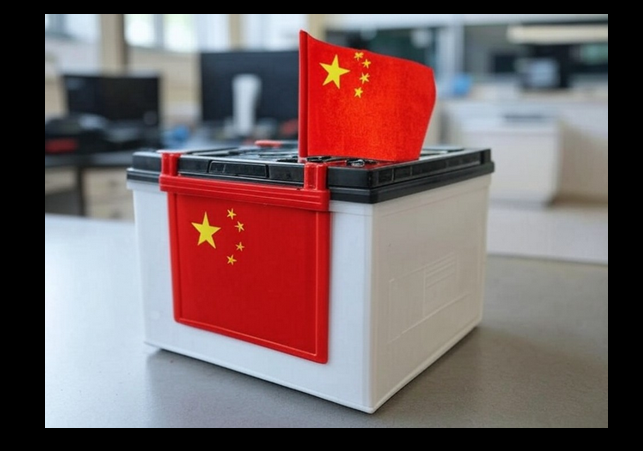
By Leslie Eastman Tuesday, July 22, 2025 at 09:00pm
In April, I reported that China imposed significant export restrictions on seven types of rare earth elements (samarium, gadolinium, terbium, dysprosium, lutetium, scandium, and yttrium) as part of its response to President Donald Trump’s tariffs.
The export games continued this week as China’s Ministry of Commerce and Ministry of Science and Technology jointly announced an updated version of the Catalog of Technologies Prohibited or Restricted from Export.
This time, the new controls specifically target technologies vital to battery manufacturing and critical mineral processing, aiming to create a significant bottleneck in the supply chains essential to American industry.
The Ministry of Commerce, in collaboration with the Ministry of Science and Technology, released an updated version of the Catalogue of Technologies Prohibited and Restricted from Export on Tuesday, aiming to better align export controls with evolving technological developments and national interests.
A new restricted item concerning battery cathode material preparation technologies—such as lithium iron phosphate and lithium manganese iron phosphate—was added due to their increasing use in sensitive and strategic sectors, said a spokesperson from the Ministry of Commerce in an online statement.
The revision reflects efforts to enhance the management system for technology trade, safeguard national economic security and promote international cooperation in science and technology, said the ministry official.
Analysis of the new rules suggests that the approach is being done so China doesn’t run afoul of international trade agreements.
But behind the measured language lies a calculated strategy. By raising a “license wall” instead of instilling an outright ban, China is equipping itself with a flexible tool to restrict or permit shipments at will.
The new licensing system affects a deliberately narrow swath of strategic minerals: mid-to-heavy rare earth elements such as dysprosium and terbium that are almost exclusively refined by China (around 99 percent of global capacity as of 2024, according to CSIS). These elements are indispensable for defense and green-energy technologies, making them ideal chokepoints. The approach mirrors past curbs on gallium and germanium in 2023, and on graphite in 2024, moves also justified on national security grounds.
Chinese authorities can approve, delay, or deny shipments case by case, tightening or loosening supply without triggering WTO violations or permanent disruptions
However, the United States is rapidly developing its critical mineral capabilities. For example, Apple is supporting research into new methods for recycling rare earth elements.
Apple is investing $500 million in MP Materials, the only fully integrated rare-earth mining company currently operating in the United States, as part of a broader effort to strengthen the domestic rare-earth supply chain.
The tech giant announced on Tuesday that with this deal, it’s committed to buying American-made rare-earth magnets developed at MP Materials’ flagship facility in Fort Worth, Texas. The factory will develop a series of neodymium magnet manufacturing lines specifically designed for Apple products.
Additionally, there is progress being made on the ore processing front. US Critical Materials and Idaho National Laboratory (INL) are now working on a pilot-scale processing plant capable of producing rare earths.
The facility will process high-grade ore from the company’s flagship Sheep Creek deposit in Montana, which holds various critical minerals including neodymium, praseodymium, niobium, strontium, samarium, scandium, and heavy rare earths such as gadolinium, terbium, dysprosium and yttrium.
The Utah-based privately held company has reported rare earth samples from 125 feet underground at its property that exceed the grades of any other domestic rare earth resource. Since early 2024, Phase I CRADA researchers have confirmed the high concentrations of gallium and rare earth elements in the Sheep Creek orebody.
Sheep Creek also contains high grade gallium, which will be one of the first minerals to be processed—and is vital for national security applications, the company said.
Hopefully, American leaders have learned some valuable lessons about resource development and supply chain protections over the past few years, so we won’t be struggling to play “catch-up.”
Originally published on Legal Insurrection: China Issues New Export Controls on Battery and Critical Mineral Technologies

